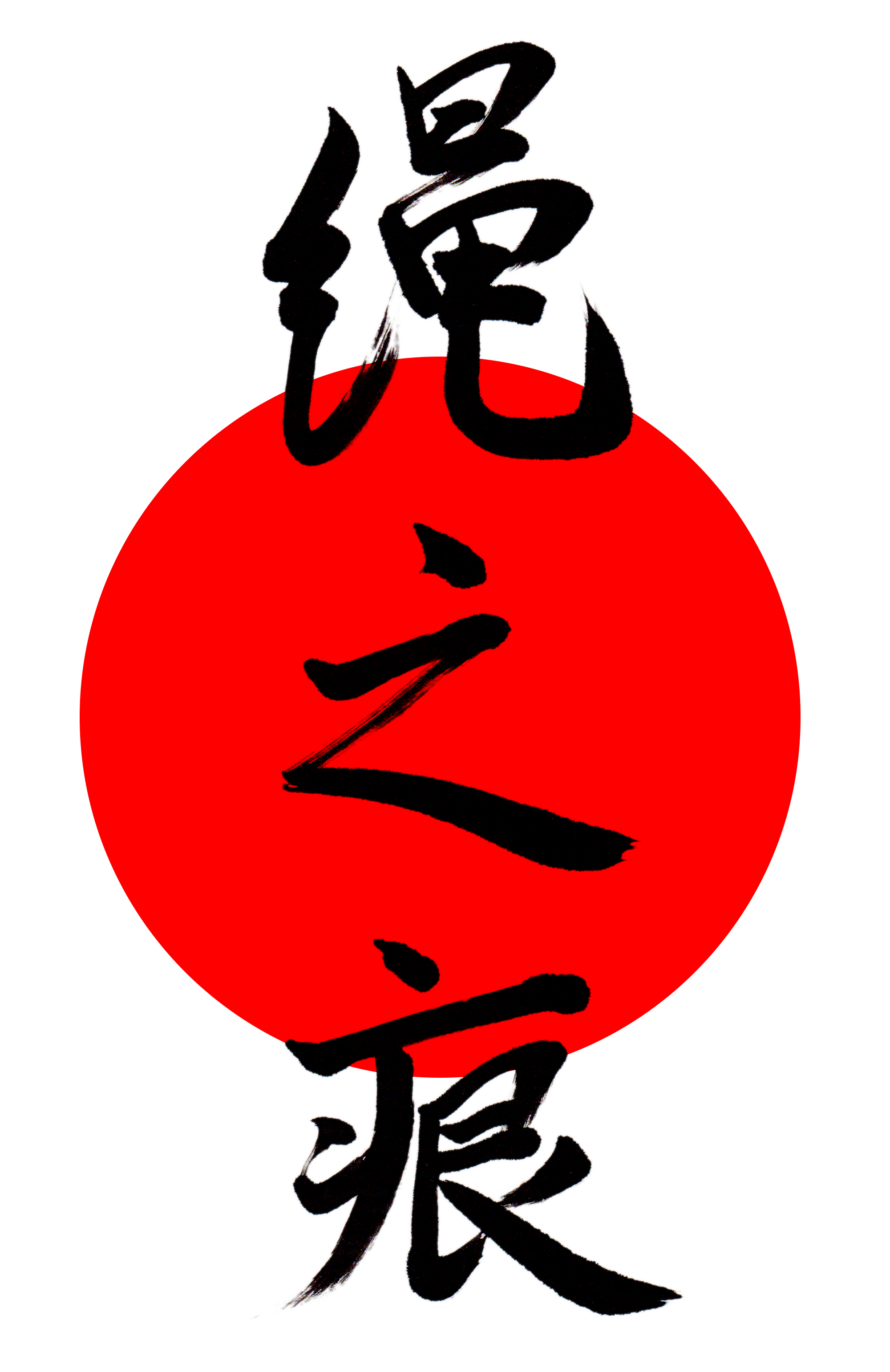Honorifics are terms or titles used to address a person, describe a person or address the position a person uses. In the west we normally use the Honorific title as a prefix or place the title before the person’s name, such as calling someone “Doctor Smith” or “Major Smith”. However in Japan they use the Honorific in a Suffix position or after the name, Such as “Smith-Toryo” To indicate they have reached a level of mastery in carpentry. Or “Smith Rikugun Shôsa” to show that Smith is a major in the Japanese military. Japanese culture has a penchant for using Honorifics in everyday life, the west does not normally address people using honorifics unless it is job related, however in Japan it is not uncommon for people to use honorifics to show position in relation to the person they are addressing.
Sensei 先生
He who has gone before; Teacher, Master, Doctor.
Sensei is a Japanese term of respect. The term sensei is attached to the end of a teacher’s name.
While teaching RopeMarks ryū RopeMarks is the Sensei.
See: Sensei.
A general term for ‘student’ of something or someone.
Being a deshi is not a casual situation but denotes a very serious dynamic between student and teacher and
generally means you already have a menkyo and exhibit a strong strong desire and potential to take the Sensei’s style to
the next level and/or generation.
Being a deshi implies that you are close to the Sensei and essentially assists him with all his activities.
In the case of rope that means do all the Sensei video shoots as an assistant, prepare and put away the ropes etc.
It would be unusual for a Sensei to have more than one or two deshi at the same time.
Deshi are usually expected to fly with their own wings after 5-7 years depending upon the discipline.
Normally taking a deshi only happens when you have become eminent yourself as a Sensei and are looking to retirement in the future.
You could say ‘nawa no deshi’ (student of rope) or ‘kinbaku no deshi’ (student of kinbaku), etc.
Similar with ‘Sensei’ you do not introduce yourself as ‘deshi’.
A license to teach the Sensei’s style.
This license is not given lightly, your level of understanding and executing Sensei’s style needs to be very deep and high in the eyes of the Sensei.
A senior seito.
Senpai is a Japanese term of respect. The term senpai is attached to the end of a teacher’s name at all times.
A junior seito.
A student of a particular person.
It is a title that needs to be acknowledged by, i.e., the teacher (Sensei).
Following a couple of lessons with someone does generally not qualify you as a Seito of this person.
Someone doing rope, an amateur.
Someone that is more that a beginner but not really anywhere, an amateur.
Biginaa ビギナー
A person just starting with rope, a beginner.







Leave A Comment